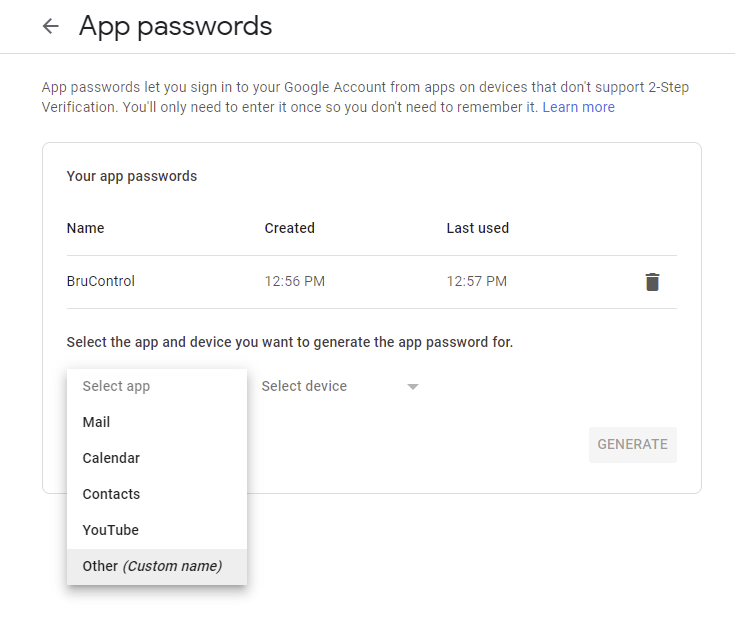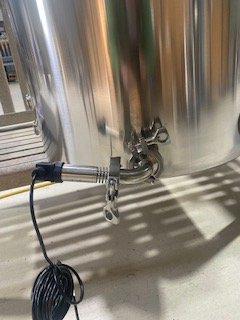Just can't inline combine them. Interpreter not that smart yet...
Try this:
Try this:
Code:
new string stepMessage
new time timerDuration
timerDuration = 00:45:00
stepMessage = "Boiling for "
stepMessage += timerDuration
"System Step" Value = stepMessage






![Craft A Brew - Safale S-04 Dry Yeast - Fermentis - English Ale Dry Yeast - For English and American Ales and Hard Apple Ciders - Ingredients for Home Brewing - Beer Making Supplies - [1 Pack]](https://m.media-amazon.com/images/I/41fVGNh6JfL._SL500_.jpg)





















































